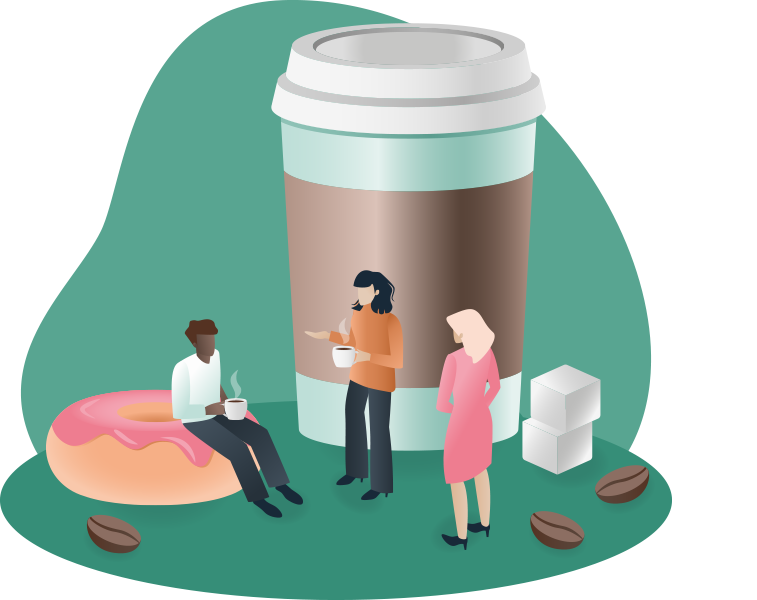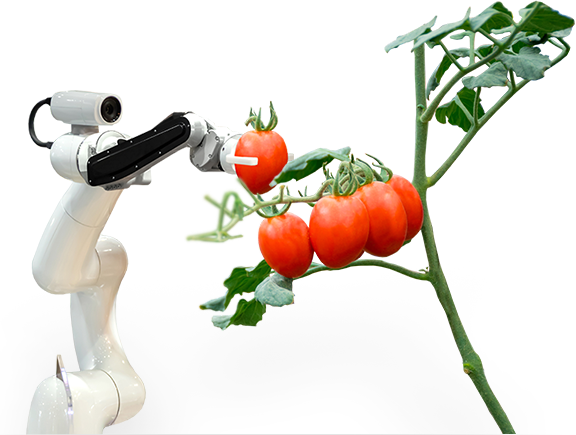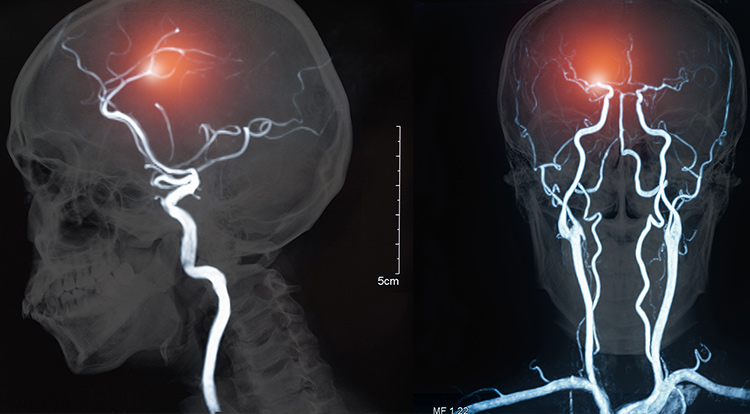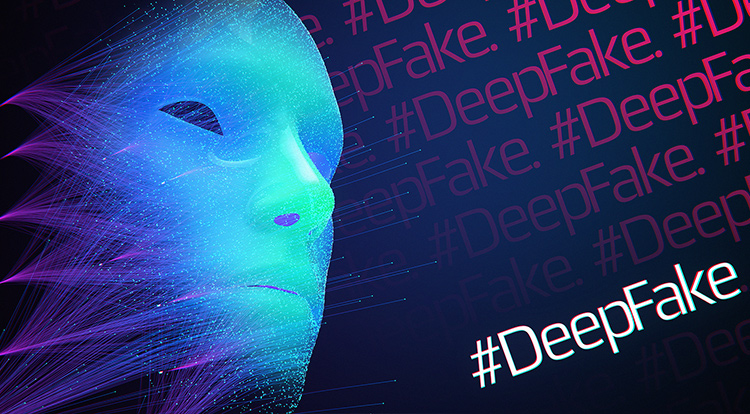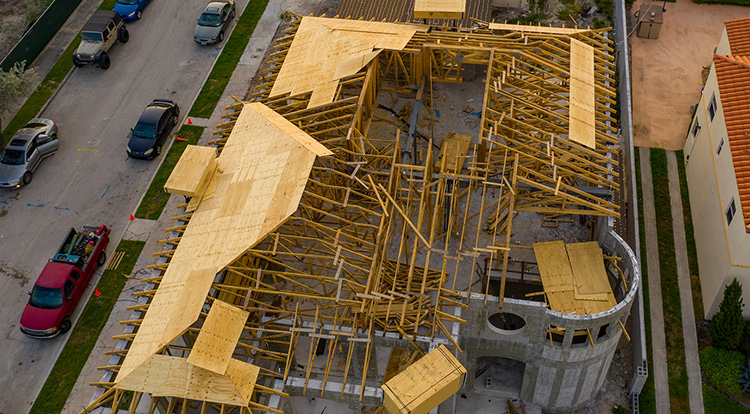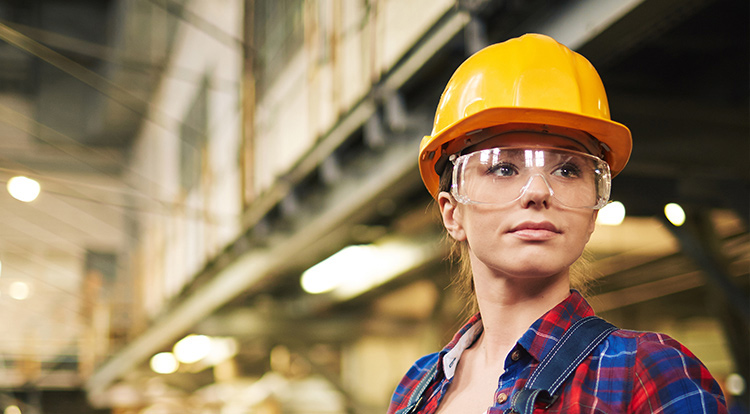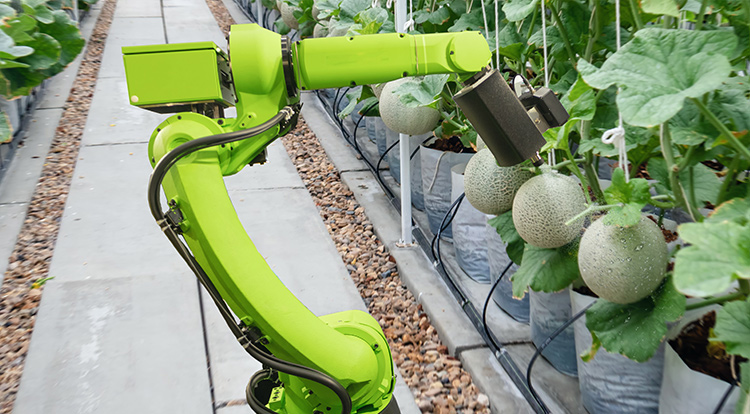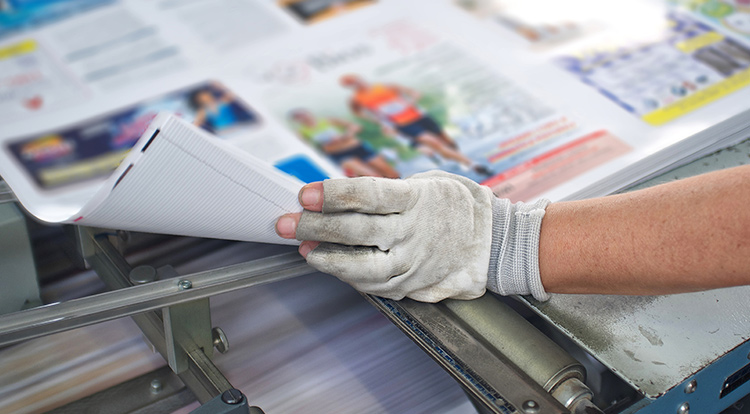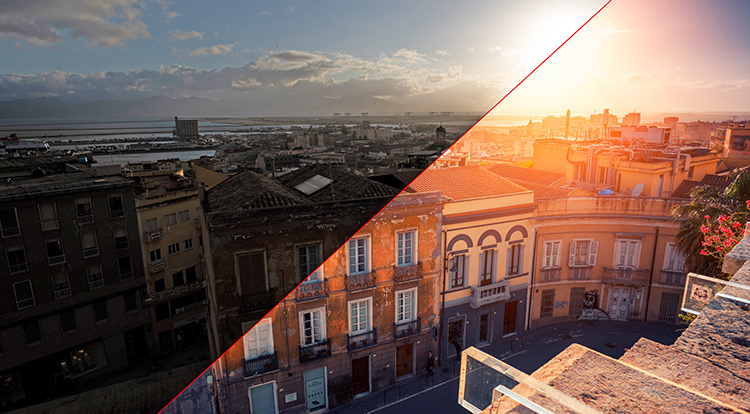Artificial Intelligence and Robots in Agriculture
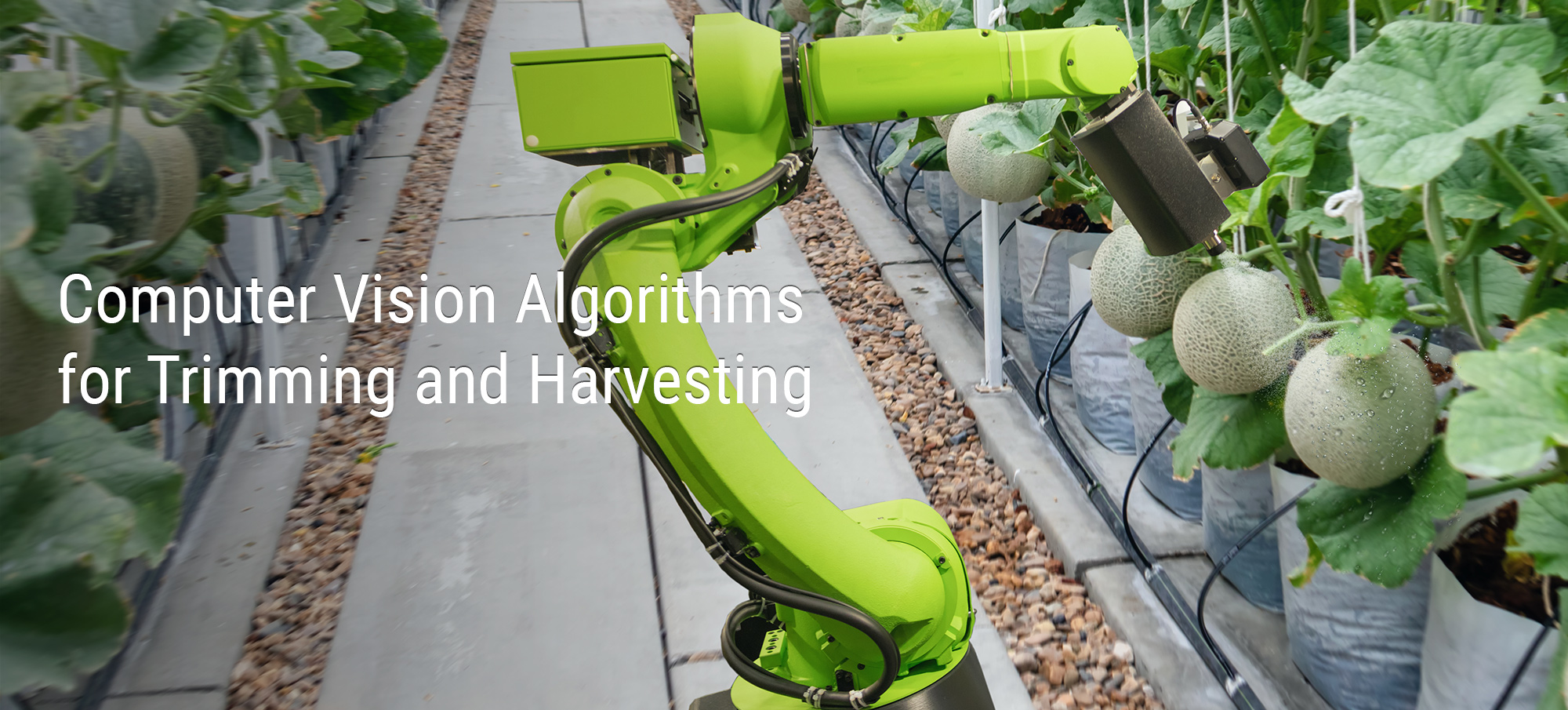
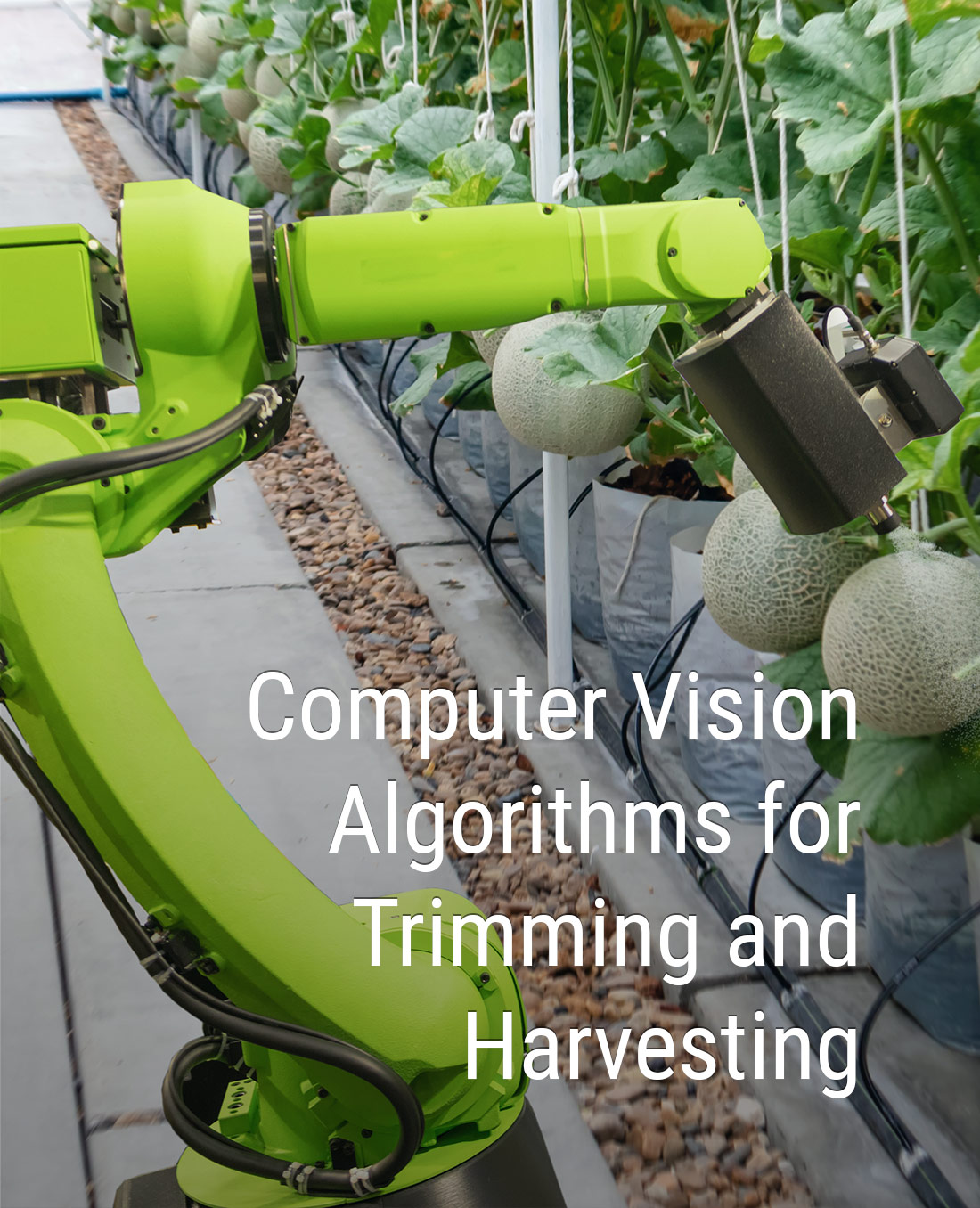
Growing and shifting consumer demands in the agricultural industry requires new inventive solutions.
There is a need to produce more crops despite resource constraints. Also, recent patterns of consumer preferences gravitate towards sustainability, which requires more resources and more advanced solutions.
This clash is not a new phenomenon in agriculture. Recently, the industry has been turning to technology to optimize the crop production cycle. However, some areas of agriculture have become overheated because of low automatization.
Inefficiency leads to a competitive disadvantage and higher operating costs, and we offer our solution to this problem.
The market of artificial intelligence (AI) software has been experiencing steady growth, feeding into the industry’s technological evolution. CVisionLab developed agriculture-related applications expanding on core AI capabilities and enabling robots to either aid a human worker or execute the tasks by themselves. Our solutions reflect the current and emerging trends in the industry and represent the possible applications for these technologies.



